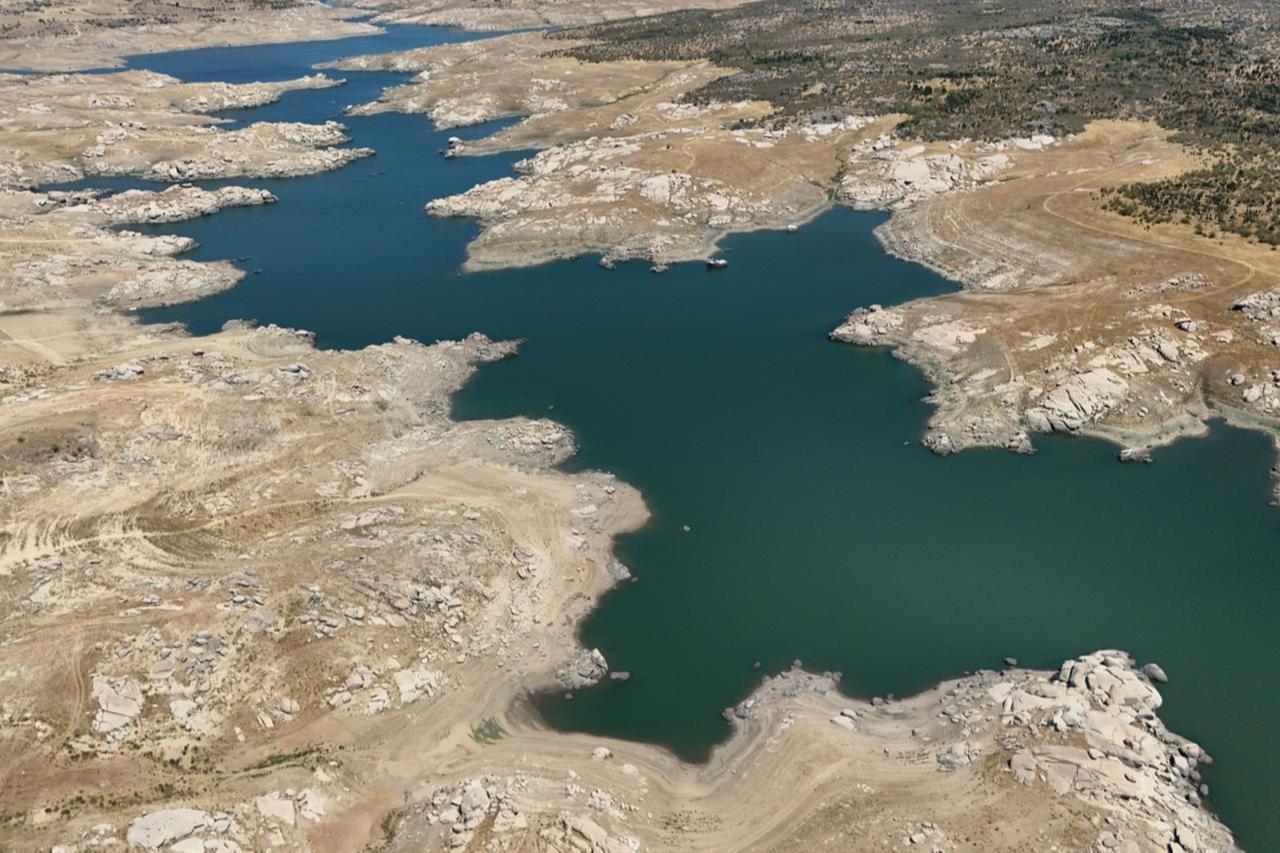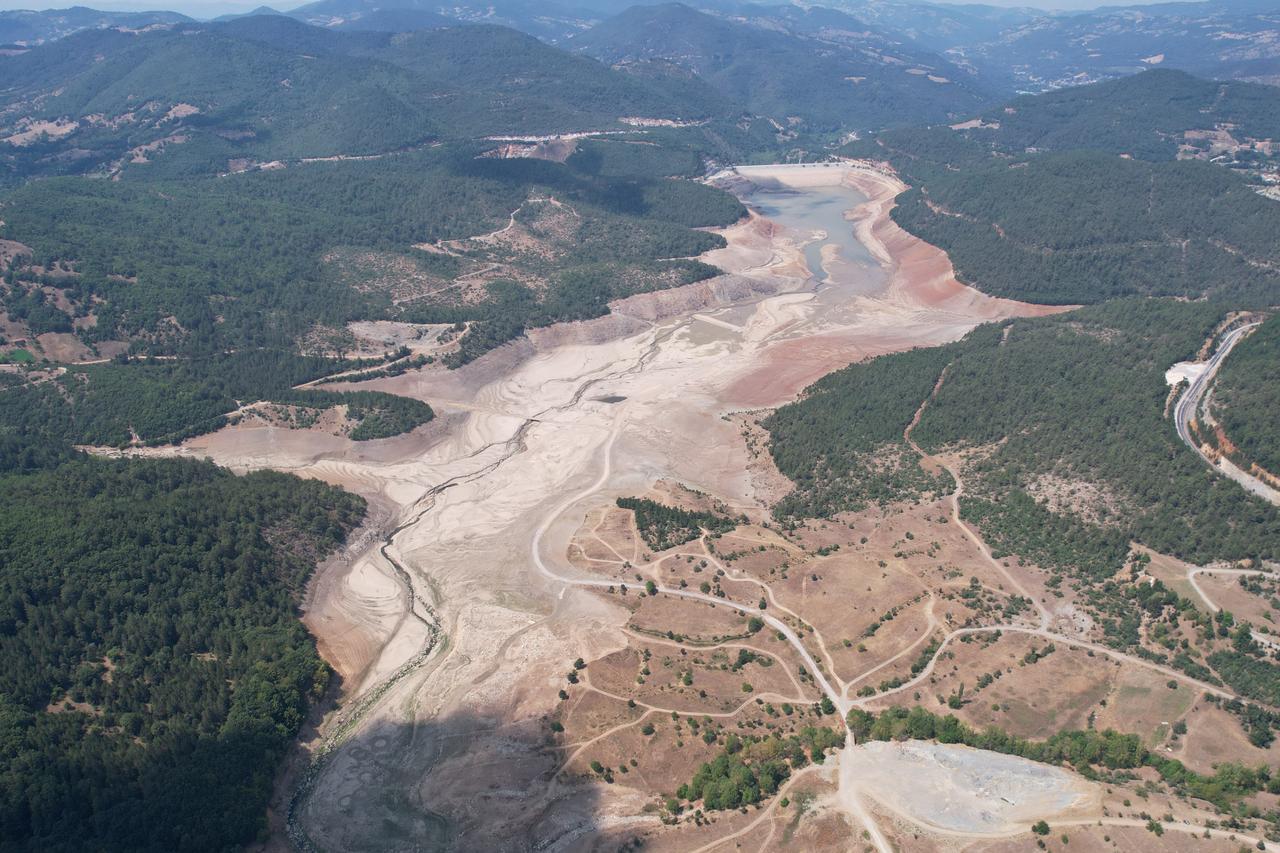
Türkiye is living through its driest summer in more than half a century, and experts warn that major cities could run out of usable water in less than four months.
Reservoirs across the country have dropped to historic lows, and millions of residents already experience planned or sudden water cuts.
Istanbul, Ankara, Izmir face deepening water crisis
The crisis extends to other provinces.
Empty dams spark fear in eastern Türkiye as well
Elazig faces a striking example of failed planning.
The Hamzabey Dam, built in 2012 and filled in 2018 with a cost that now equals about ₺1 billion ($24.38 million), has already dried up. Former officials promised it would secure the city’s water needs until 2040.
Elazig Mayor Sahin Serifogullari announced the situation on social media: “Hamzabey Dam’s water has completely run out.” He added that the municipality had worked for 24 days to restore supply from alternative sources and resumed water delivery to households.

Antalya also faces mounting problems. The Eksili Reservoir has dropped below 5%, and the Kirkgoz spring that supplies much of the city is under pressure.
Mustafa Karanci, head of the Chamber of Geological Engineers in Antalya, told Antalya Hakkinda: “Our main problem is not the existence of water, but its management.” He called for a new water law and urgent coordination among ministries.
Karanci warned that Türkiye is moving toward becoming a “water-poor country,” noting that per capita annual water availability fell from 1,650 cubic meters in 2000 to about 1,200 today. He also drew attention to the impact of mass tourism.
Antalya, with 2.7 million residents, hosts about 25 million domestic and foreign tourists every year. “A citizen consumes about 220 liters of water daily, while a tourist consumes 700 to 800 liters,” Karanci said.
Residents in Eksili village also described how outdated irrigation wastes water. Farmer Mustafa Ali Gozer explained: “The most urgent need is to switch to a closed system because open irrigation wastes half of the water before it reaches us.” Another villager pointed to leaks in old canals and said, “If the leaks were fixed, the water could last three to four years.”
Meteorological data confirms the scale of the crisis. In July, rainfall in the Marmara region fell 95% below normal, and nationwide the decrease reached 71%. Environmental groups and academics insist that short-term restrictions are necessary but stress that only long-term infrastructure investment and effective water policies will prevent worse crises in the future.